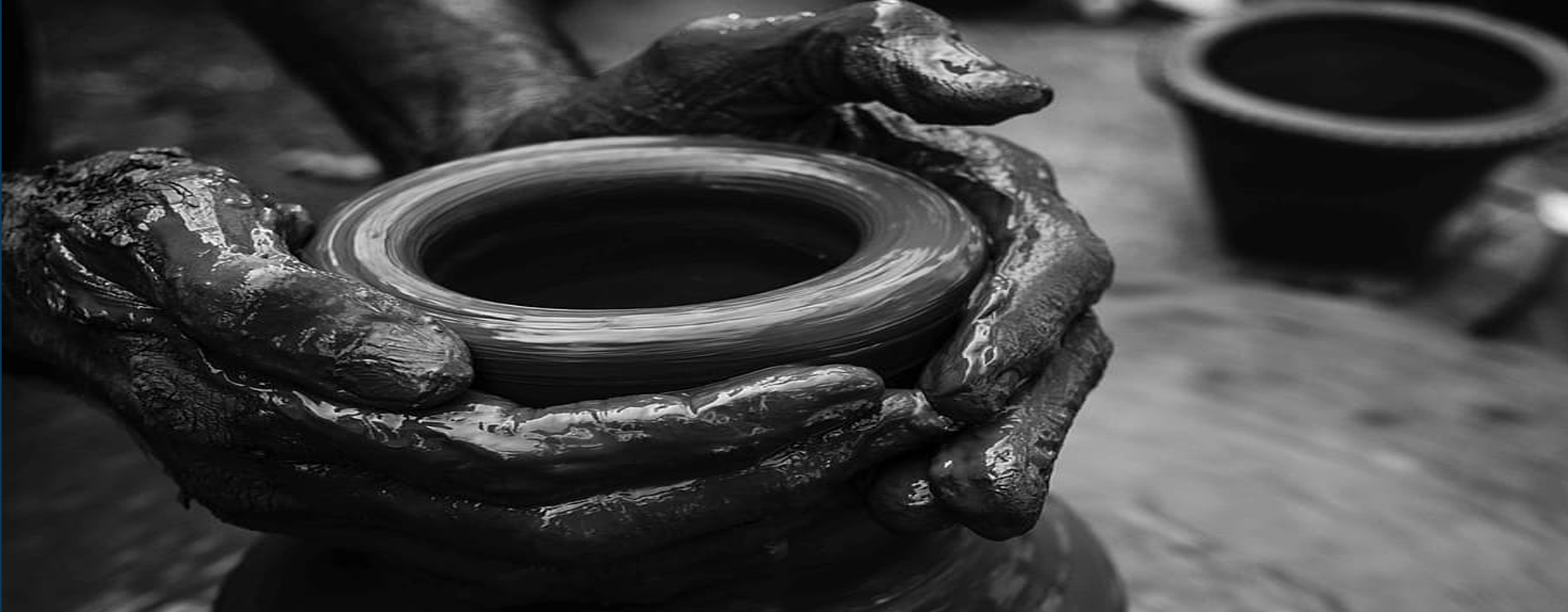Seminar Details
BaFe12O19 (BaM) is a multifunctional material which is used in various applications like electromagnetic interference shielding, high frequency antenna substrate, permanent magnets, drug delivery, adsorbents and catalyst to remove pollutants etc. Ferrite and ferrite based composite adsorbents are important choice for water purification applications, which requires good adsorption capacity, easy to recover and reuse of the adsorbent. Here in this current research BaM powder, BaM-chitosan, and BaM-chitosan-activated charcoal based different adsorbents have been evaluated for methyl blue (MB) dye removal application. In this work, pure hexagonal BaM ferrite has been synthesized through solid-state, sol-gel combustion and co-precipitation route. Electromagnetic properties of sintered BaM ferrite prepared from different routes has been compared. Dielectric and electromagnetic properties of coprecipitated BaM ferrite was better than BaM synthesized by sol-gel combustion or solid-state route. Coprecipitation synthesized BaM sample showed permittivity, dielectric loss, permeability and magnetic loss of 17.2, 0.476, 16.0 and 0.054, respectively at 500 MHz. Reflection coefficient measurements showed better S-parameter (S33= - 40.1) for coprecipitation synthesized sample than samples synthesized by solid-state (-29.5) or sol-gel combustion route (-22.8). Coprecipitated sample shows resonant frequency at 6.7 GHz and bandwidth of 270 MHz.
For MB dye adsorption by BaM powder, sol-gel powder, activated charcoal modified sol-gel powder (BaM-AC), and Coprecipitated BaM powders were evaluated. BaM-AC powder showed better MB adsorption efficiency than sol-gel powder. MB adsorption was spontaneous and endothermic in nature.
Coprecipitated BaM powder showed surface area of 8.22 m2/g, band gap of ~ 2.9 eV, saturation magnetism of 67.7 emu g-1 after calcination at 900 oC and was evaluated for the adsorptive removal of MB dye. The adsorption process followed the pseudo-second-order model and Langmuir isotherm model. BaM powder showed a maximum Langmuir saturation adsorption capacity of 223.86 mg/g at room temperature. Adsorption process was exothermic and spontaneous. After the adsorption equilibrium the BaM-900 powder was further used for the solar light driven photocatalytic degradation of MB dye and showed 73% degradation efficiency for MB dye under sunlight irradiation for 3h.
Chitosan-BaM beads (BaM-CS) showed BET surface area of 2.237 m2 g-1. BaM-CS beads showed maximum sips adsorption capacity of 123.9 mg g-1 at 323K and 6.0 of pH.
BaM powder, chitosan, activated charcoal based beads (MCAC) and powder (BaM-AC-CS) showed BET surface area of 152.99 m2 g-1 and 41.5 m2 g-1 respectively. MCAC beads showed higher adsorption capacity of 371.6 mg g-1 at pH=6.0 and 323K temperature. BaM-AC-CS composite powder showed MB adsorption capacity of 254.58 mg g-1 in similar conditions. Both samples followed pseudo-second-order kinetics with sips isotherm model and spontaneous and endothermic MB adsorption. These results indicates that BaM based composites can be a good material for MB dye water treatment applications.


